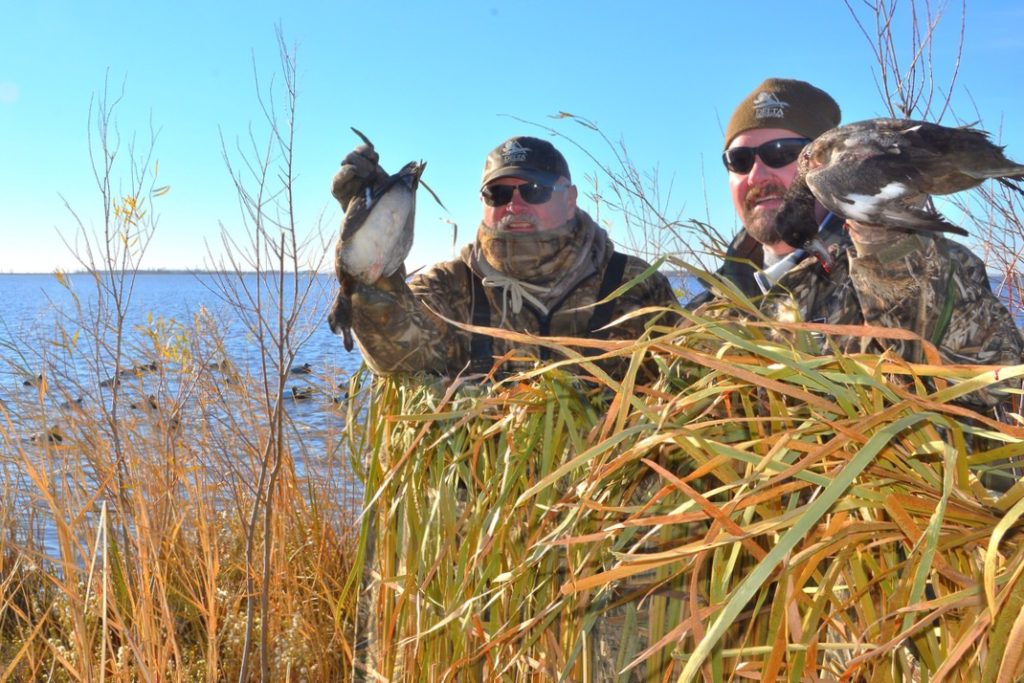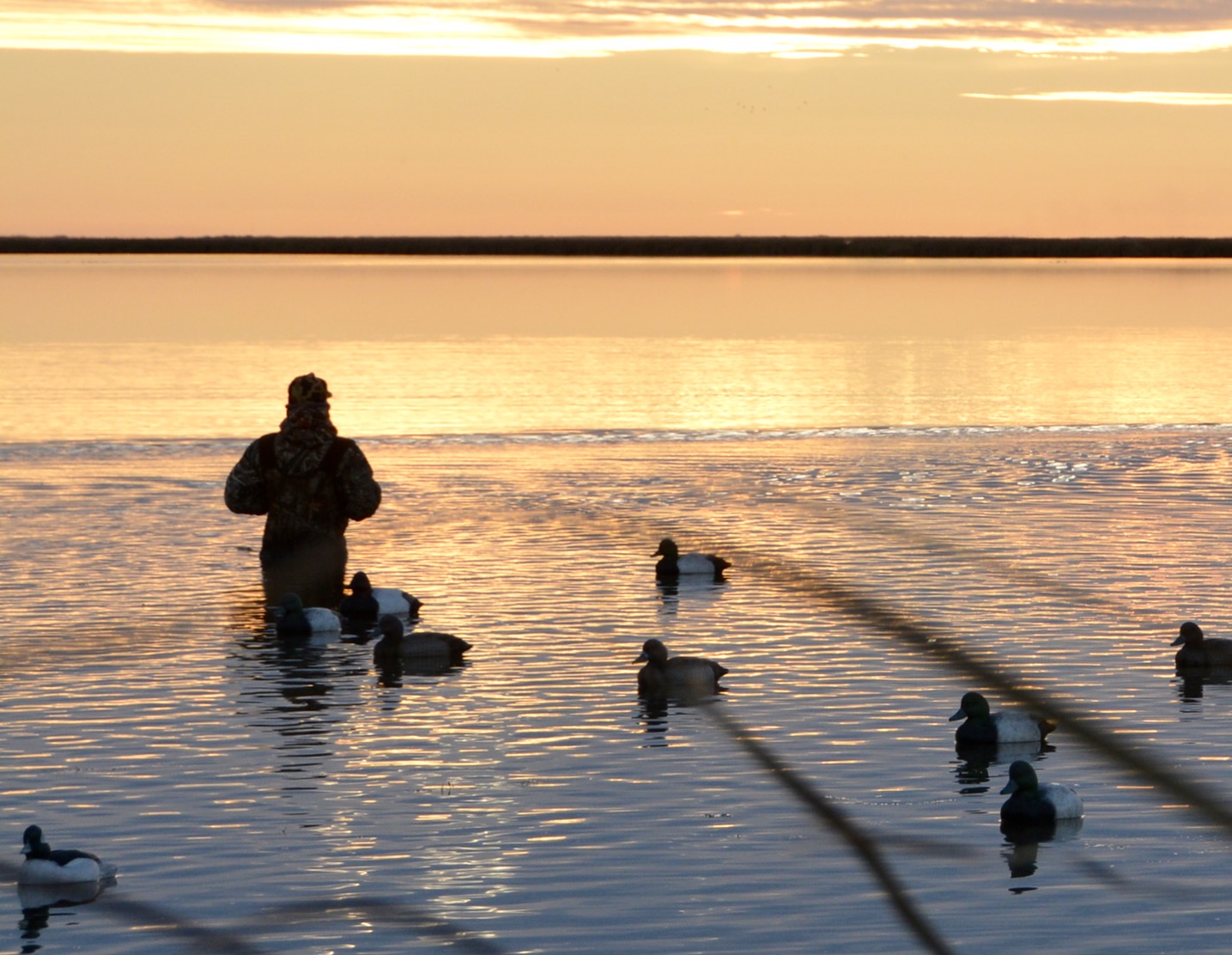Dreaming of Delta
Fulfilling a decades-long desire, our hunting editor returns to the fabled Manitoba marsh that got him hooked on waterfowl hunting
Advertisement

I was full of anticipation on the mid-October afternoon I arrived at Delta Waterfowl’s historic Kirchhoffer Lodge, sandwiched between massive Lake Manitoba and Delta Marsh. There was little time to get settled or explore, as Paul and his friend, renowned decoy carver Pat Gregory, were anxious to get out hunting. I didn’t have to be told twice, and quickly climbed into my waders.
With limited time before the end of legal light, we would be hunting from a blind erected in one of the 10 manmade impoundments between the lake and the marsh. Created in 1979 as part of the Marsh Ecology Research Project (MERP), these diked research cells allow scientists to manipulate the water levels to learn how the fluctuations can impact the surrounding plant life. What they’ve discovered over the years has led to much of our current understanding about how wetlands function.
Advertisement
To be honest, the shooting that afternoon was a little quiet. Paul knocked down our first bird, a pretty green-winged teal that had flown into our spread. It was not exactly the duck species you think of when Delta comes to mind, but greenwings are a wonderful hunter’s bird and superb on the table. According to Paul, limit shoots of greenwings are not uncommon in the marsh if you get lucky with the timing.
Ten minutes later, Pat followed up with a chunky ring-necked duck, and shortly after that, I made a nice double on bluebills. What had started out as a rather ordinary afternoon then changed in the blink of an eye. With no discernible warning, the wind came up, hard and fast. On its heels was a driving rain, the kind that makes you turn your head for protection. Concerned that our little elevated blind might actually tip over, we quickly abandoned ship.
We were only a few kilometres from the lodge, but the road back was littered with fallen trees—victims of the raging winds—requiring Delta staff to clear a path with chainsaws for our vehicles. Fortunately, as is common on the prairies, the squall ended as quickly as it erupted, and by the time we were out of our gear and cleaned up for dinner, the skies revealed no clues as to what had occurred.
Advertisement
That evening, after a wonderful meal of corned duck, we sat by the fire planning our strategy for the next morning, when we’d be canoeing out onto the big water to hunt Delta Marsh proper. Having waited four decades for this opportunity, I hit my pillow with visions of a textbook hunt, complete with streams of diving ducks sliding repeatedly through our decoys.

